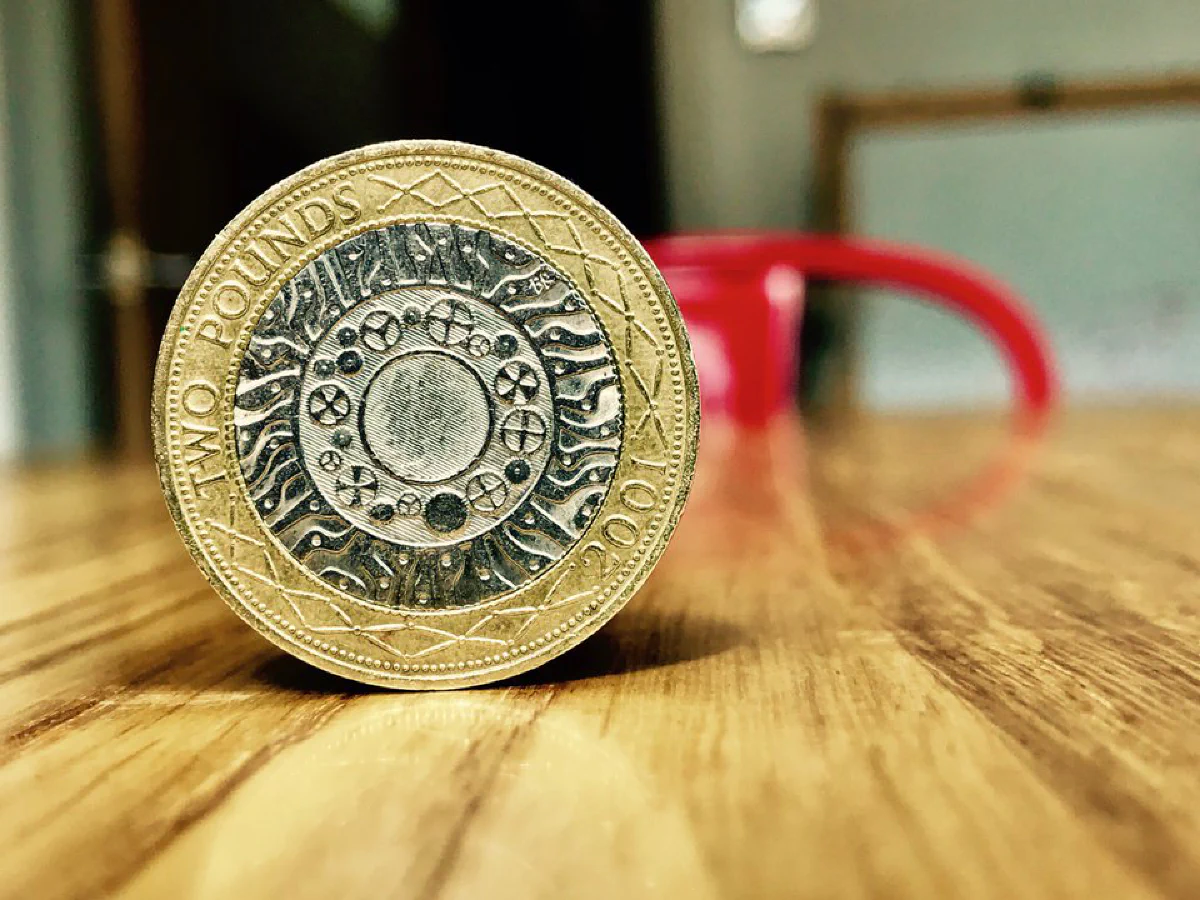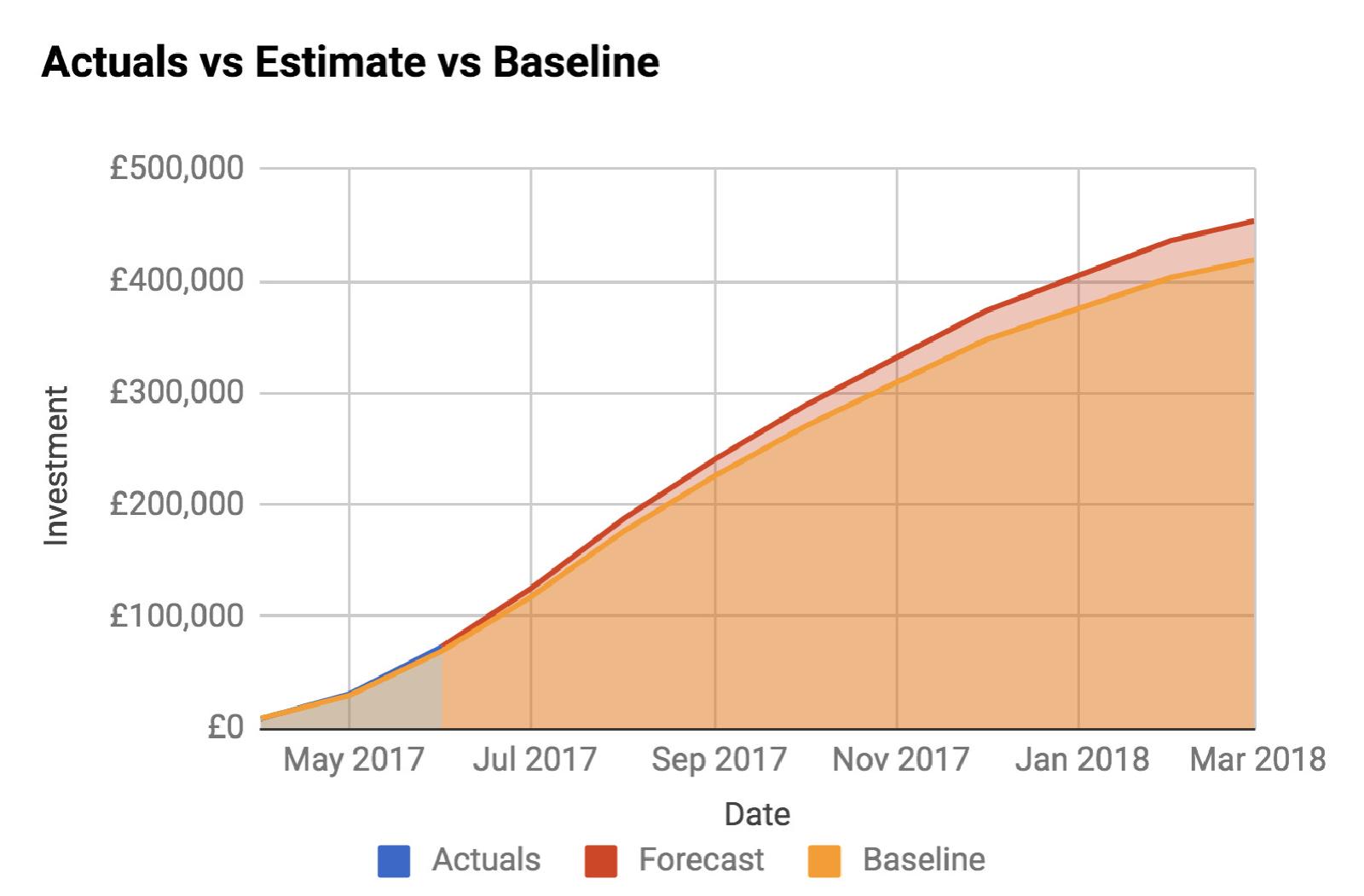Budgeting for agile teams

Fixed budgets and plans assume that the world will stay largely the same throughout the duration of delivery. That may have worked for large construction projects but simply isn’t the case for fast-moving digital platforms and portfolios.
As organisations move away from thinking about projects with fixed budgets, scope and timelines, focusing, instead, on long-running digital services that can evolve over time, teams need a simple way to come up with different hypotheses around resource use, model them, and test them out so everyone in the organisation can make timely, evidence-based decisions that keep delivery on track.
Get the template
To help this process, I’ve created a simple template that I’ve used with multiple clients to help them request specific roles, people, and other investment as far ahead as they want and then manage against the current reality of filled roles, open roles, estimated & actual spend, delivery milestones, and more along the way. It allows teams and stakeholders to easily see where they are now, then decide what that means and what to do about it. I’ve even used this technique to manage a £500m+ portfolio by “rolling up” the data into an organisation-wide view.
Get the agile budgeting sheet now!With greater transparency, comes greater clarity, then better choices, and finally, better results.
Watch the 5min tutorial
I’ve created a 5min demo to show you how to use the above template, yourself. Please have a look below and if you have any questions or ideas, do get in touch.
Why bother doing it this way?
Concepts like “Beyond Budgeting” are making real-time budgeting a reality.
As agile ways of working become the norm a “project” can now take as long as you want it to and cost as much as you’re willing to spend, all while guaranteeing reasonably good outcomes. It’s simply not cool anymore, to ask “how long will this project take and how much will you spend?”
It’s far better to ask: What’s your current burn-rate and what value are we getting for that? How much more do you need to deliver X? What about Y? What if we postpone that by 2 months? Or do slightly less? Or make it faster? Do you need more people? Or fewer? What does that look like?

Teams are getting better at forecasting what they can do in the short & medium terms. Goal-setting frameworks like OKRs are making it easier to plan goals for the next quarter, but planning an entire year (or even multiple years) is as good as using a divining rod to find water.
It means we can make very detailed views of the current reality and easily update them in real-time and make decisions about how to move our money and energy (e.g. people) around to achieve the best outcomes. Is a team burning “hotter” than anticipated but delivering outstanding results for the business? Let’s take some money from the team that happens to be underspending and under-delivering and give it to these guys. If things change in 3 months, we can do the reverse and ensure that our portfolio always stays balanced.
I hope the ideas and the template above get you started. Please let me know how you’re using agile budgeting to give your organisations greater transparency and help your teams to deliver better!
Get the agile budgeting sheet now!Please note…
This tool contains no personal or proprietary data. All data including but not limited to names, rates, line-items, roles, and pay-grades is completely fictitious and for demonstration purposes only. See the “README” tab in the document for full terms of use.
Cover photo: Peter Kappus

